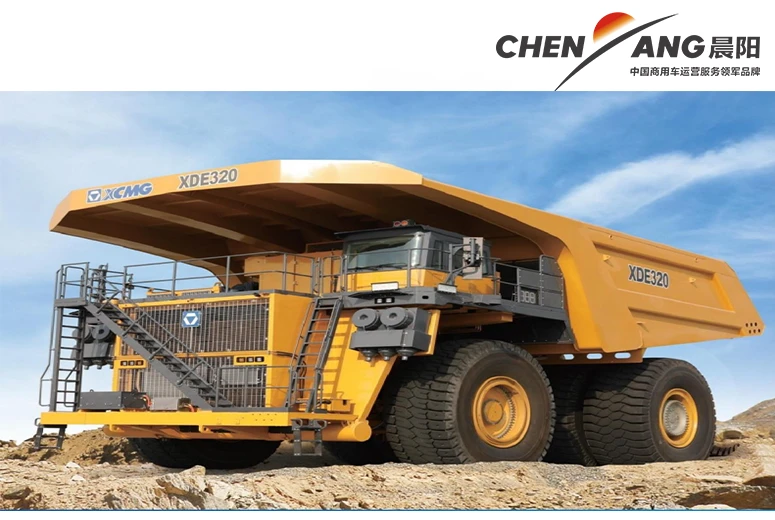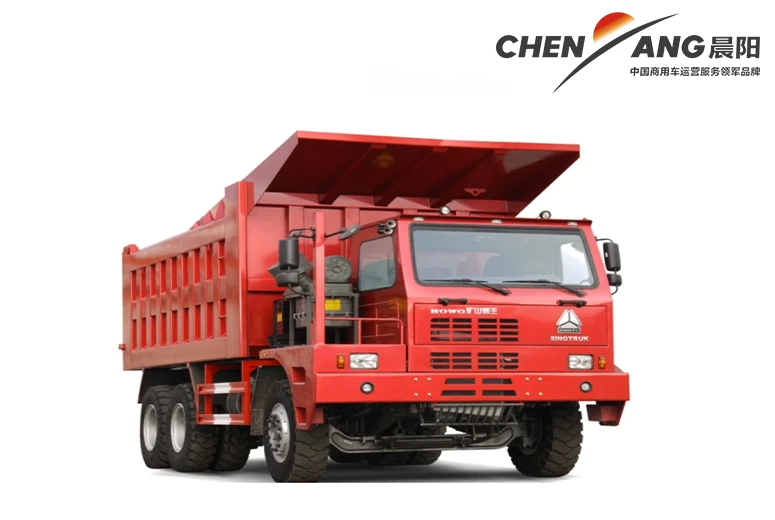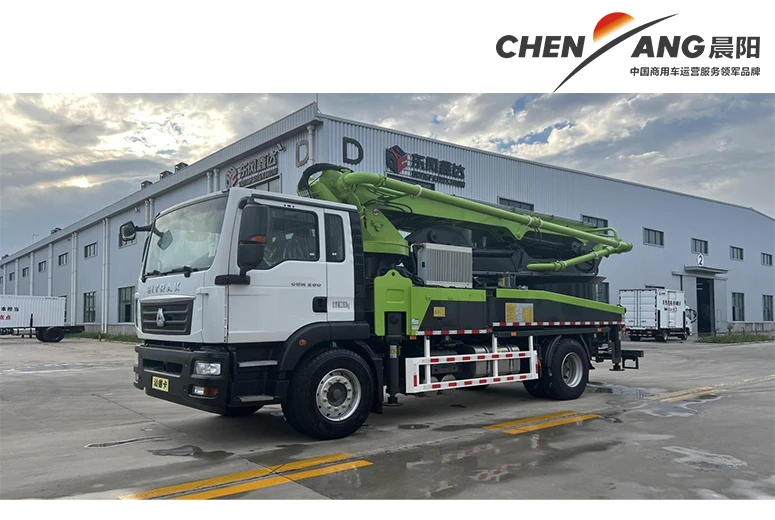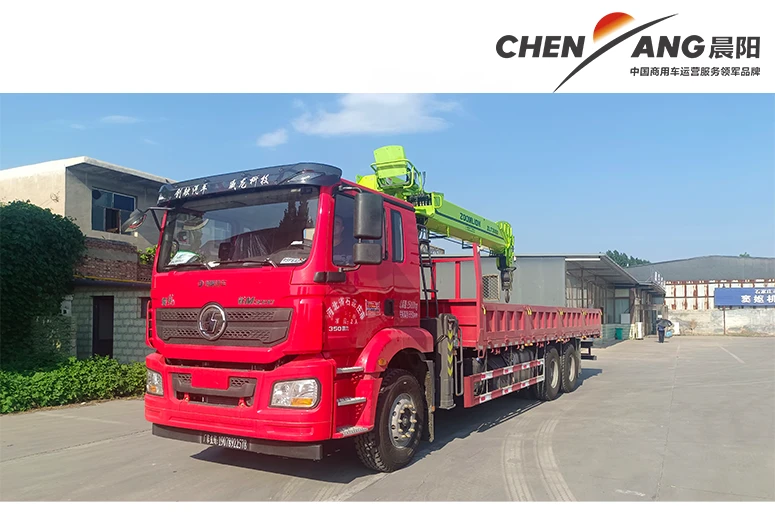Engineering Vehicles
Engineering vehicles are specialized machines designed for tasks in construction, mining, and infrastructure development. The most common types include excavators, bulldozers, cranes, dump trucks, and backhoes. Excavators, with their extended arms and buckets, are used for digging and earthmoving in a range of projects, from trenching to mining. Their flexibility and reach make them indispensable for foundation work.
Bulldozers are robust machines with large metal blades on the front, used to push soil, sand, and rubble. They are ideal for leveling ground and clearing sites, particularly in road construction and land preparation. Cranes are essential for lifting and moving heavy materials vertically and horizontally, making them vital for high-rise construction and assembly work in industrial plants.
Dump trucks transport large quantities of materials such as soil, gravel, and construction debris from one site to another, often in coordination with loaders that fill them. Backhoes, which combine a digging bucket on the back with a loader on the front, offer versatility in both digging and material handling. These vehicles are essential in projects that require compact yet powerful machinery.
Each type of engineering vehicle is built to meet specific challenges in tough environments, increasing productivity and safety on construction and development sites.
What Should I Consider When Purchasing A New Engineering Vehicle?
When purchasing a new engineering vehicle, key considerations include task requirements, operational efficiency, safety features, and cost-effectiveness. First, identify the specific tasks and environment where the vehicle will operate. For example, if you need a machine for digging in tight spaces, a compact excavator may be more suitable than a standard-size one.
Fuel efficiency and power are critical factors, especially for long-term cost savings. Many modern engineering vehicles are designed with fuel-efficient engines, reducing operating expenses and environmental impact. Additionally, consider whether the machine has the necessary attachments, such as hammers or augers, to perform multiple tasks, which can increase versatility and reduce the need for additional equipment.
Safety features are essential, particularly for large or high-powered vehicles. Look for advanced features like rollover protection, backup cameras, and reinforced cabins that ensure operator safety in rugged conditions. Operator comfort should also be prioritized, as ergonomically designed cabins can reduce fatigue and improve productivity.
Finally, evaluate the total cost of ownership, including upfront costs, financing options, maintenance requirements, and resale value. Choosing a reputable manufacturer with reliable customer support and available spare parts can reduce downtime and service costs, maximizing your investment.
What Are Some Recommended Maintenance Practices For Engineering Vehicles?
Maintaining engineering vehicles involves regular inspection, lubrication, cleaning, and component checks. Begin with daily inspections to identify potential issues early. Check fluid levels (oil, hydraulic fluid, coolant) and look for leaks or unusual noises, which could indicate a need for repairs. Ensuring that fluids are at optimal levels reduces wear and keeps the engine and hydraulics running smoothly.
Lubrication is essential for the moving parts of engineering vehicles, especially in components like joints, pins, and bearings. Regularly apply grease to these areas to minimize friction and prevent component damage. Keep an eye on tires or tracks as well, inspecting for wear and maintaining the recommended pressure. This ensures stability and improves fuel efficiency.
For hydraulic systems, check for any signs of leaks or reduced pressure. Cleaning filters and replacing them periodically helps maintain hydraulic power and protects sensitive components from dust and debris. Additionally, ensure that attachments and accessories are securely mounted and in good working order, as loose attachments can lead to accidents or damage.
Establishing a preventative maintenance schedule ensures that essential tasks, such as filter changes and fluid flushes, are performed on time. Keeping records of inspections and repairs is a good practice, allowing operators to track the vehicle’s health and preemptively address issues before they lead to costly repairs.















